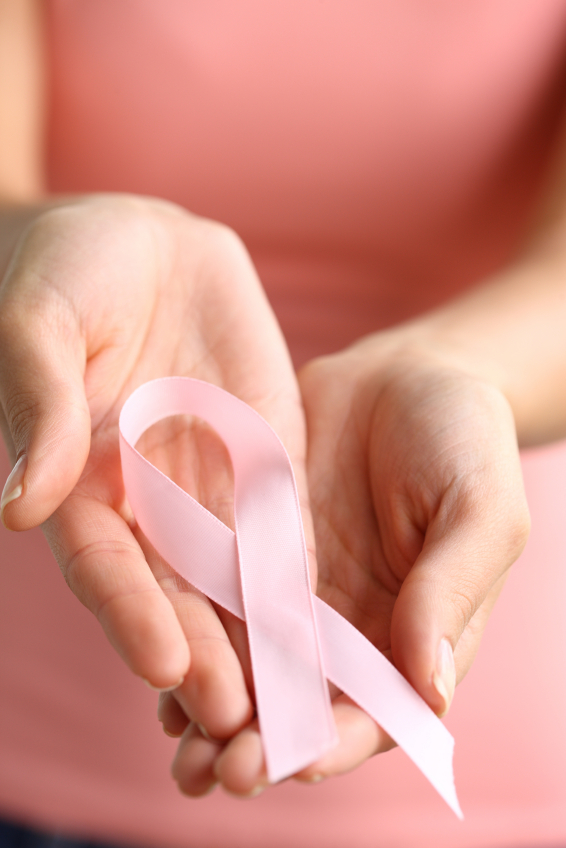As you know, October is Breast Cancer Awareness Month so be sure to check back each week throughout the month as we share important breast health tips.
Do you know your likelihood for developing breast cancer? If not, do you know how to find out? October is the perfect time to get the facts about your risk for breast cancer. And you can do it without leaving the house.
Here are two free assessment tools you can complete online and print off yourself. If the assessment does show cause for concern, take the printout to your OB-GYN or primary care physician, who can help you facilitate a referral to a specialist if needed.
But be careful if the opposite is true, warns Jody Wallace, St. Elizabeth senior genetic counselor. If the assessment does not show cause for concern, don’t use it as a false sense of security. Annual mammograms are still imperative.
The Gail Model
This assessment is a tool all women in the general population can, and should, use, Wallace said.
The Gail Model asks questions about your reproductive health history, such as when you started menstruation or how old you were during your first pregnancy, to determine your likelihood of developing breast cancer in five years, as well as your lifetime cumulative risk.
Although the tool takes into account some family history, one of its limitations is that the family history questions are restricted to immediate family members, such as moms, sisters and children.
“There is a chance that the overall risk you receive from this assessment could be an underestimate,” Wallace said. “The Gail Model is a really nice, attractive way for someone in the general population without a strong family history to get a ballpark idea of what her lifetime risk of breast cancer might be.”
You can find the Gail Model at the National Cancer Institute’s website.
The Breast Cancer Genetics Referral Screening Tool
Another reputable tool women can use to learn their breast cancer risk is the Breast Cancer Genetics Referral Screening Tool.
This assessment targets women who do have some family history of cancer and need help determining if they should seek genetic testing or counseling.
The tool asks you questions about your family history, taking into account first-degree and second-degree relatives, to see if the risk of cancer is strong enough to warrant further evaluation.
“This assessment helps people who have some family history but aren’t sure if it would be a concern or not,” Wallace said. “For most women, if there’s a relative absence of breast cancer in their family history, they probably don’t need to complete this tool and should use instead the Gail Model.”
Also, this test might not be as helpful for women who have a strong family history of cancer because it likely would determine they need genetic testing.

